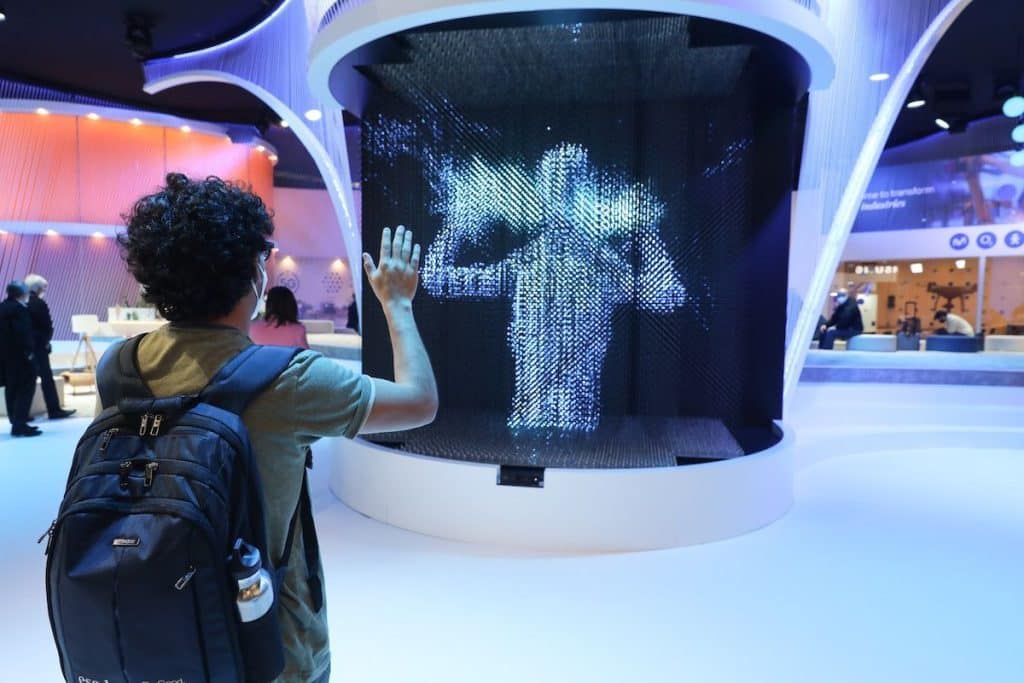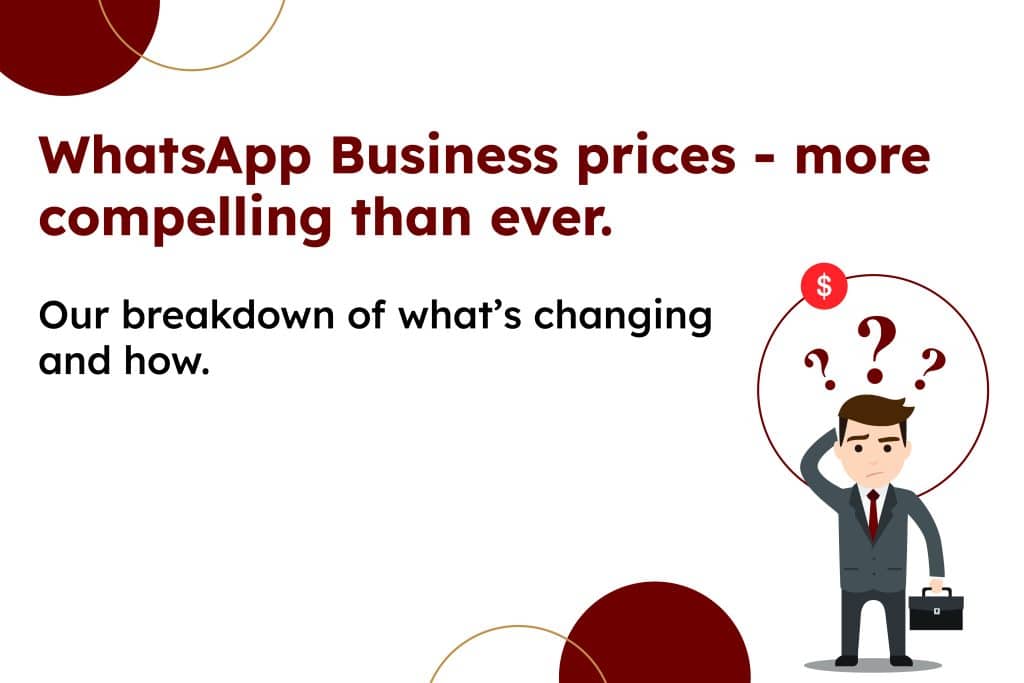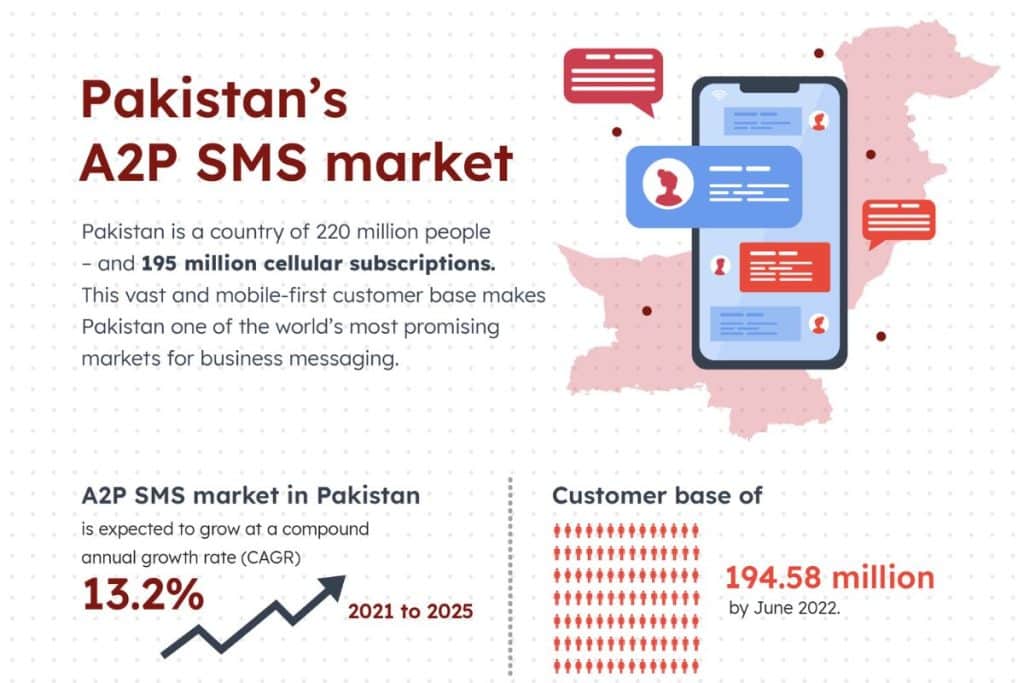It was so good to be back, even though it was freezing cold. Here are some observations from the world’s biggest mobile showcase…
1. MNOs open up their APIs
The old ‘dumb pipe’ question never leaves the MNOs. For 20 years (since mobile data arrived), the telcos have wanted to be more than ‘mere’ utilities. They wanted to be value-added service providers. They wanted to monetise entertainment, media, commerce, and payments. But they mostly failed – leaving various OTTs to fill the gap.
The MNOs latest effort to claw back some influence was announced on day one of MWC – and it was a big one.
Open Gateway is all about network APIs. The goal is to create a universal gateway that developers can use to access telco data and services. This will make it easier to create new applications leveraging the power of the network and the cloud.
Interesting that the first tranche of APIs relate closely to the areas in which GTC and our clients operate: Device Location, Device Status, Edge Site Selection, Number Verification, OTP Validation, Carrier Billing, Quality on Demand and SIM Swap.
Time will tell how well Open Gateway is adopted. And also what new revenues it delivers. Similar API initiatives have crashed before. But at least this one is well-supported. Initial carriers to have signed up are América Móvil, AT&T, Axiata, Bharti Airtel, China Mobile, Deutsche Telekom, e& Group, KDDI, KT, Liberty Global, MTN, Orange, Singtel, Swisscom, STC, Telefónica, Telenor, Telstra, TIM, Verizon and Vodafone.

2. SMS trashing and price inflation dominate the A2P conversation
The MEF had a triumphant MWC 2023. There were more than 700 people at its MEF Lounge and MEFFY awards on the first two days. Its Global Forum and Future of Mobile Summit events were also very well attended. Although multiple subjects were covered, it was the state of A2P messaging that generated the most heat. Numerous speakers discussed the big problems of SMS trashing (getting paid to send messages, but terminating them) and artificial inflation of traffic (bumping up volumes using bots and other cheats).
It’s pretty obvious that these two frauds have been incentivised by sky-high A2P prices. Many speakers cited the ridiculous hike in business SMS fees as MNOs and others chase the losses caused by aggregator malpractice. The industry really needs to get to grips with these challenges. The strength of feeling at MWC is a good sign.
3. Telco execs love to travel
At the height of lockdown when all the world’s trade shows were empty, people wondered whether the crowds would ever return. Business execs got a taste of Zoom meetings, which are a lot quicker to set up and much cheaper than a week in Barcelona. Maybe, even with restrictions removed, they would simply stay at home.
Well, now we know. They couldn’t wait to get back to the stairs, the trains, the toilets and the 20 euro baguettes. GSMA expected 75,000 and got 88,000. It really did feel like the ‘good’ old days. Except it was absolutely freezing.
4. Phones are boring
MWC used to be a phone show. Not any more. Market leader Apple refuses to exhibit. And, let’s be honest, all the Android phones look the same. Of course, the manufacturers do try. They have been hyping up folding phones for 5 years now. But the public obviously doesn’t care. Have you ever seen anybody use one?
Still, there is innovation if you look hard enough. Motorola demoed a roll out phone prototype (the idea has been around for years). But top prize goes to Realme, which went all in on charging. Its Realme GT3 takes only 80 seconds to charge to 20 percent capacity, and 9 minutes and 30 seconds to fully charge.
5. There was a hyperloop in Hall 6!
Phones aren’t the only devices on display at MWC. Now that handsets are boring, the dynamism in mobile has moved to the networks (i.e. 5G). This has opened up the vast market for IoT and connecting all manner of devices with fast low latency broadband. It’s why, in recent years, MWC has hosted cars and tractors and trucks. This year it went even further. The SK Telecom stand drew huge crowds to its air taxi. But best of all was the full size HyperloopTT capsule fuselage in Hall 6. It was absolutely huge. It raised the question: how did they get it there?
6. 30 more countries to get 5G in 2023
Speaking of networks… GSMA had more good news about 5G roll outs. It announced that 5G connections should double over the next two years, thanks to new deployments in more than 30 countries this year. Of these, around half will be 5G standalone networks.
There are currently 229 live 5G networks and more than 700 5G smartphone models available to users. Global 5G subs passed one billion in 2022, and GSMA expects this will increase to around 1.5 billion this year – before reaching two billion by the end of 2025.



